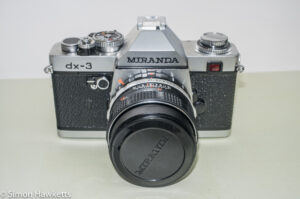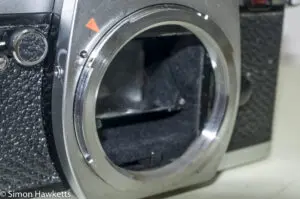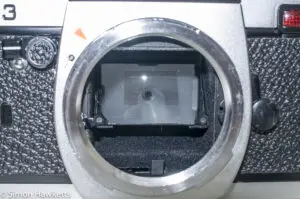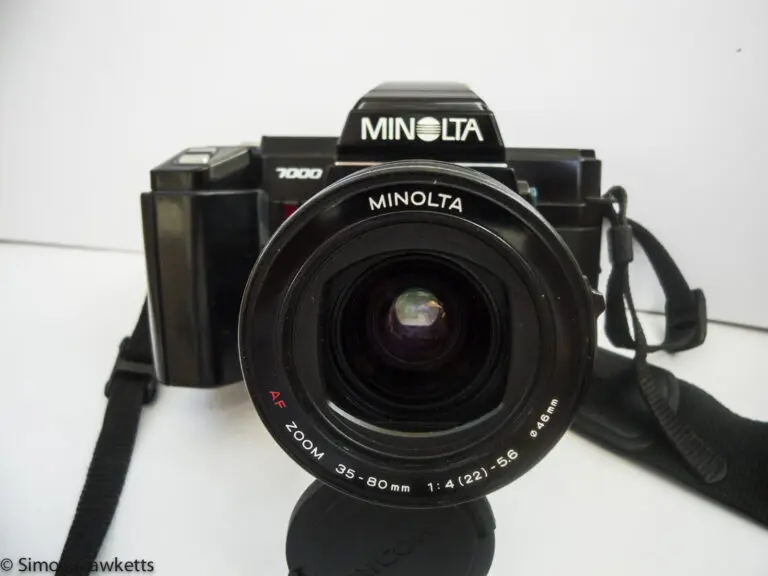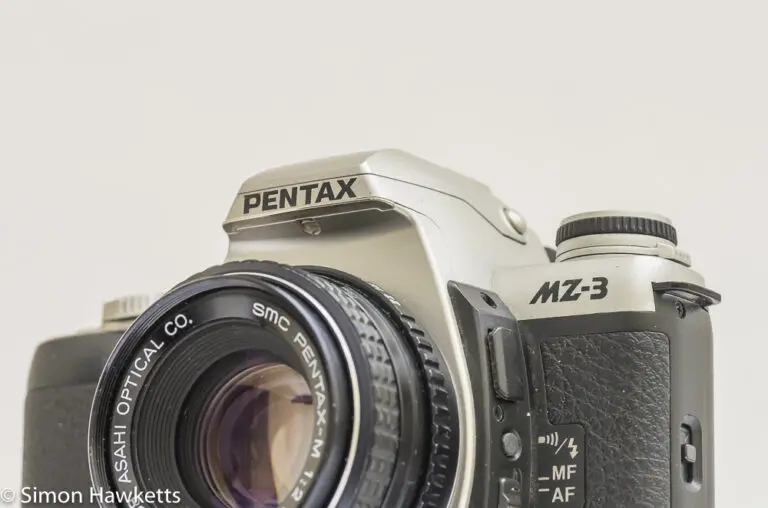My ‘like new’ Miranda dx-3 35 mm SLR camera
I’ve been a fan of Miranda cameras for quite a while and have most of the models they produced, but until recently I’d not owned the last model that Miranda made, the Miranda dx-3. Well, I corrected that situation a few days ago when I picked up a pristine condition dx-3 from eBay.
Miranda dx-3 Images
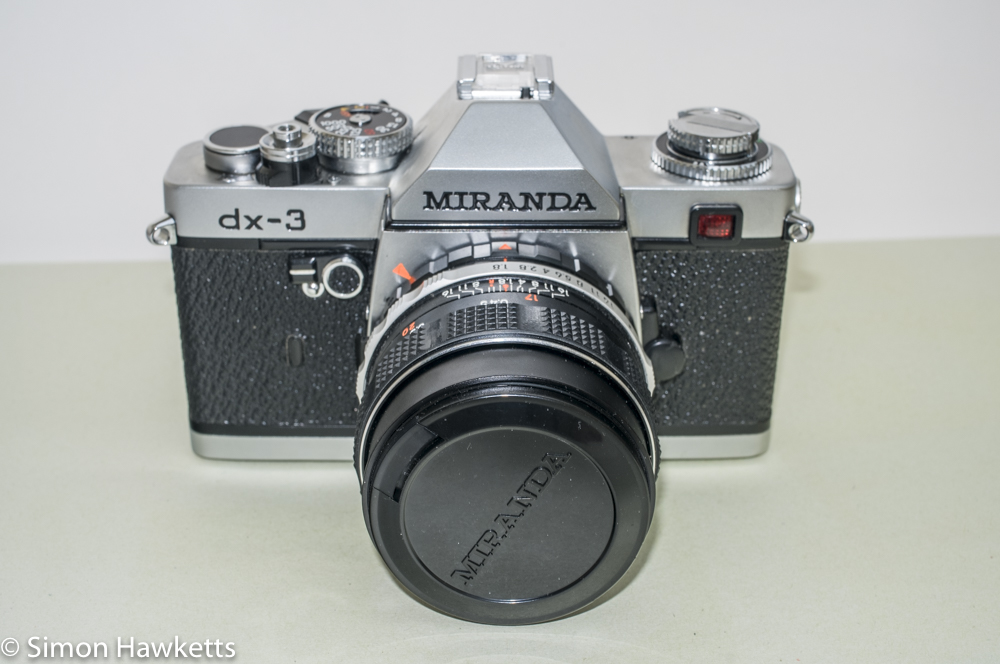
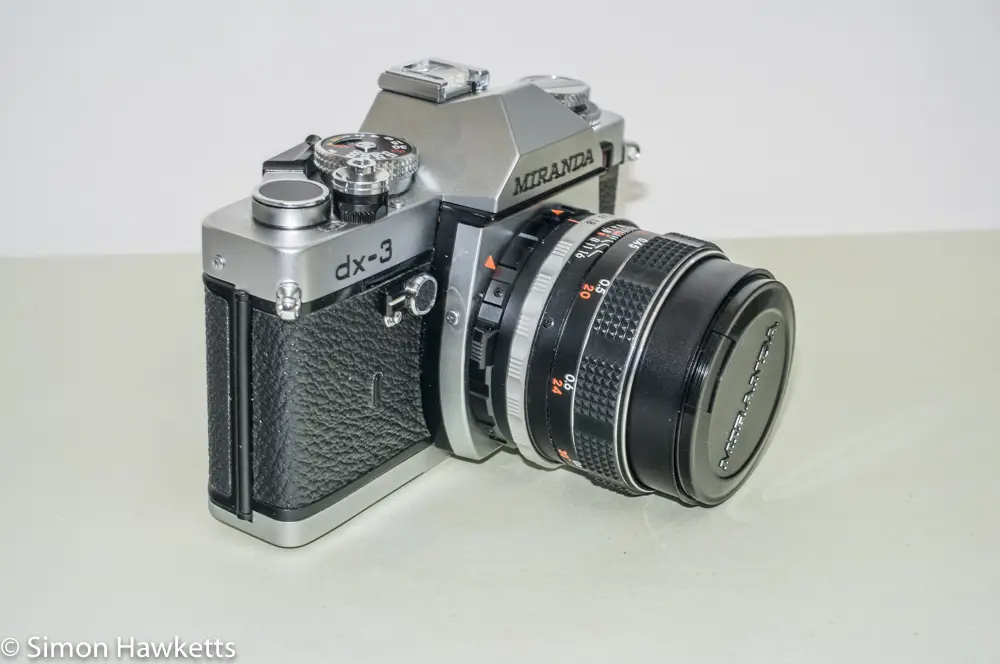
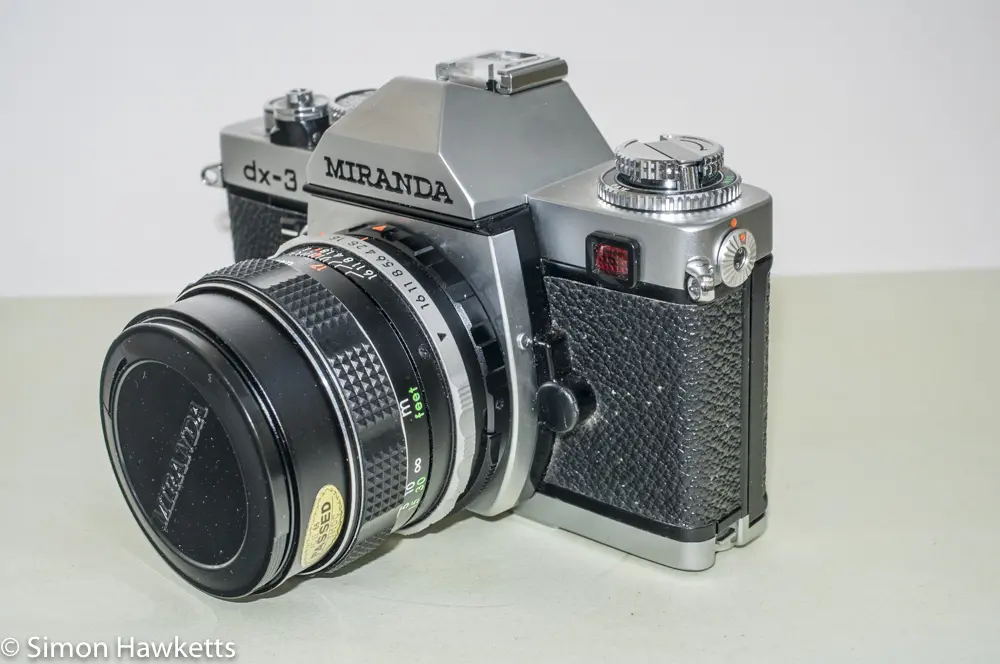
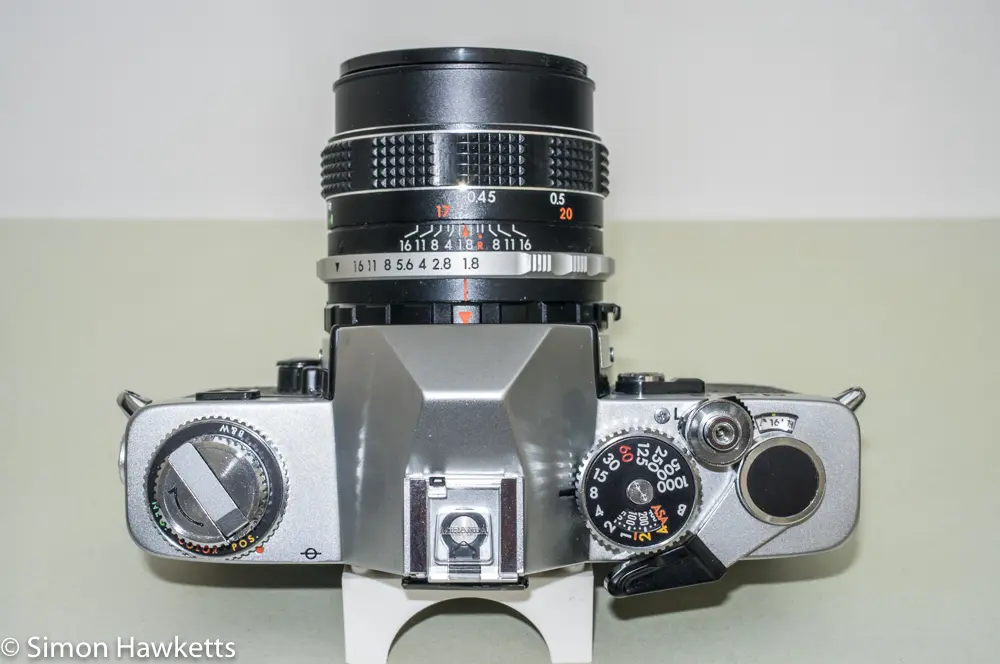
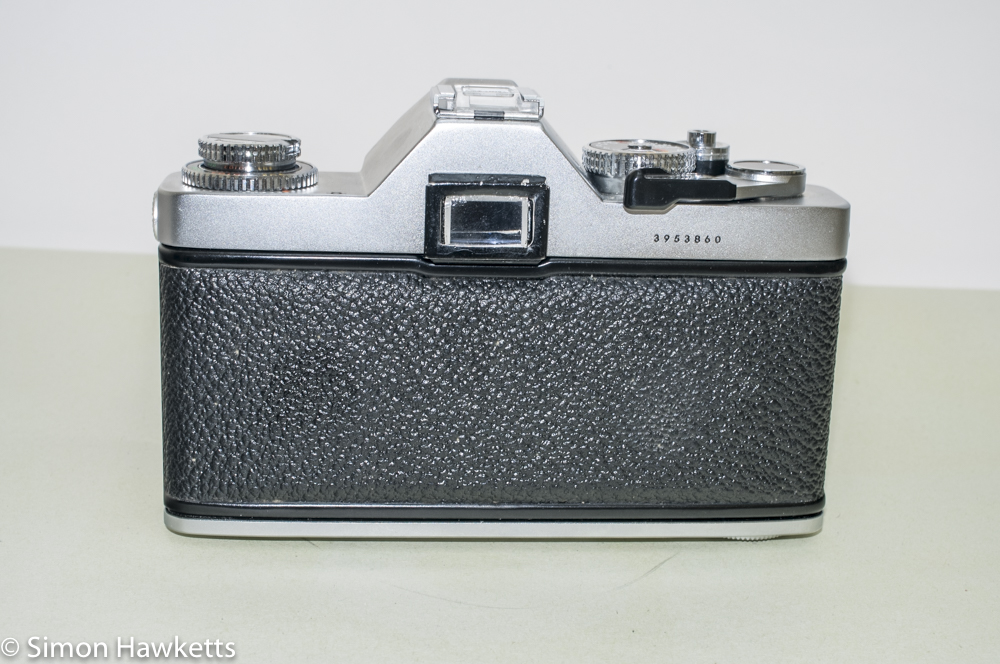

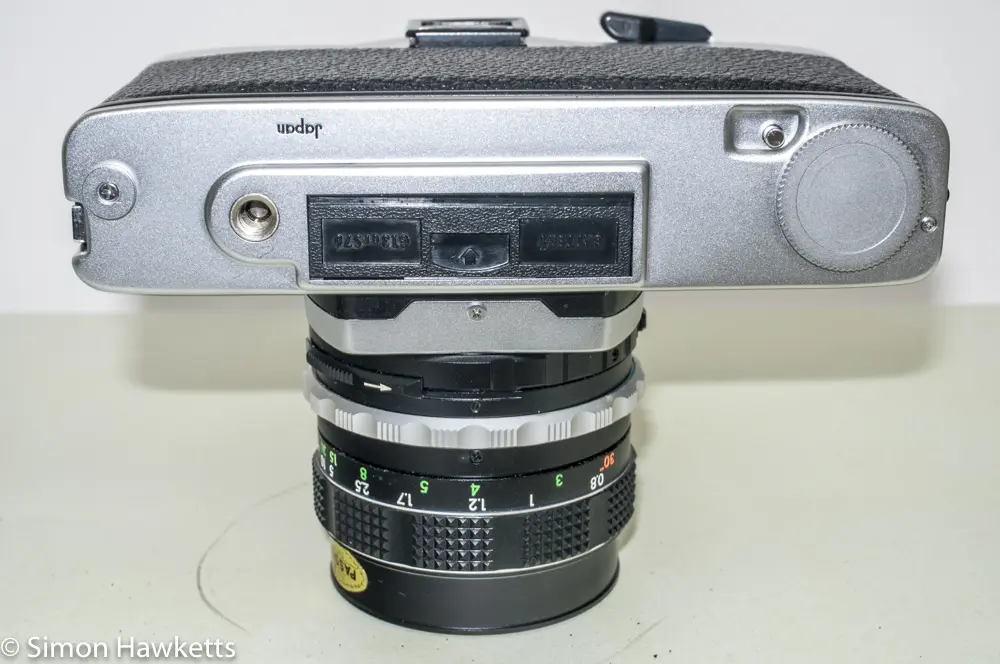
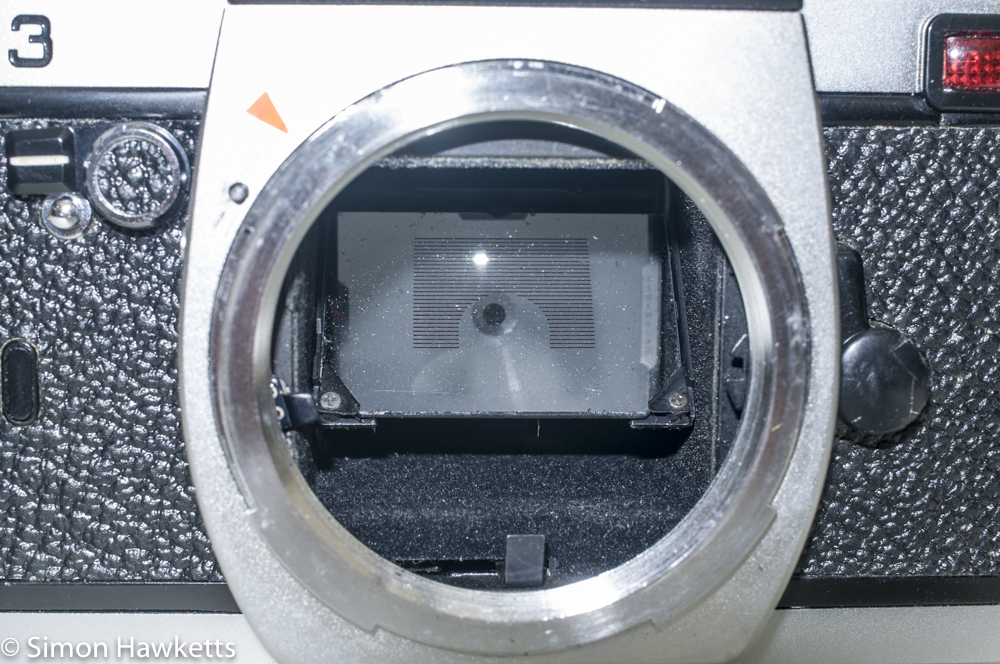
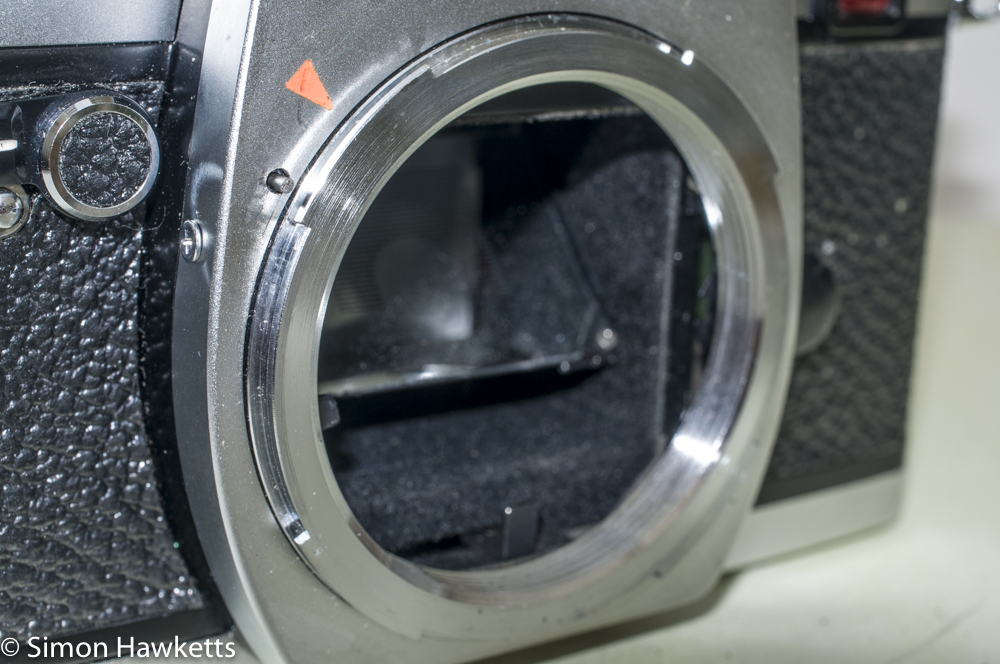
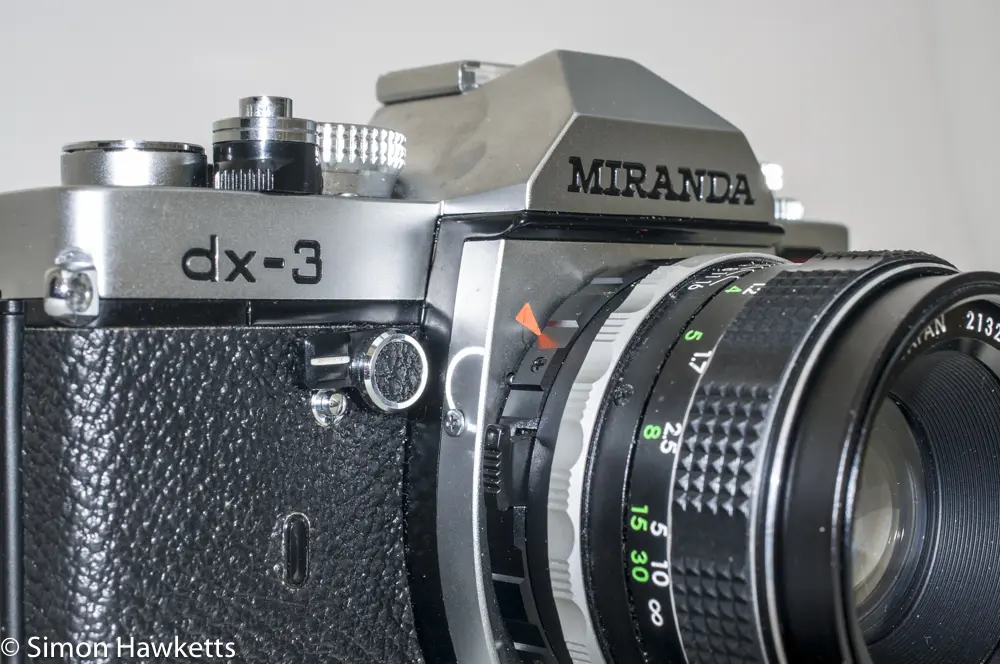
My Miranda dx-3 Camera
There are a couple of reasons I’d not bought a dx-3 before – they don’t appear very often, and they normally have a ridiculous price tag attached.
I can see why they don’t come onto the market very often – there weren’t that many made because by the time Miranda designed and made this camera they were coming towards the end of their life as a camera manufacturer.
I suppose the rarity is also the driving force behind the price issue, but I’d never been tempted to pay the asking price of upwards of £80 to own one, so I was pleased to see one at £20 with a good 50 mm f/1.8 EC lens attached which happened to coincide with my camera buying cycle (that time of the month when I actually have money available :)).
The camera was described as being in good cosmetic condition, but was being sold as a ‘spares or repair’ unit because the light meter and exposure system weren’t working. Although that is a bit of an inconvenience, it wouldn’t stop me buying a camera because normally the exposure system can be bypassed as long as the shutter and aperture are properly working.
When the camera turned up a couple of days after I bought it, I was able to confirm that the cosmetic condition was as described, very good. In fact, it is just about as new, including still having the internal shutter protection plastic in place and the plastic cover over the flash hot shoe.
A quick test of the shutter and aperture confirmed that the camera seemed to be mechanically sound as well, and the film advance, shutter lock, shutter release etc all seem to be fine.
I next had a quick look at the exposure system and confirmed that the light meter wasn’t working, but once I’d opened the battery door on the bottom of the camera and replaced the 4 SR44 batteries with new ones, I found that in fact the exposure system does work. I can’t be sure that it is completely accurate, but a quick assessment with Sunny 16 suggests that it is not far off.
So, with the batteries replaced, I have a just about perfect dx-3 to add to my collection.
Miranda dx-3 Description
As I said above, the dx-3 was the last camera that Miranda made. Although there were other cameras made later which had the Miranda name, they were actually made for the Dixon’s high street chain who managed to acquire the name ‘Miranda’ to use on their own cameras which were made for them by Cosina. The later ‘Dixons’ cameras were not a patch on the original Miranda units which, to my mind, were made to a very high standard.
The dx-3 is quite different in many ways from the original Sensomat and Sensorex models. There is no replaceable viewfinder, which was characteristic of those earlier models, and the camera therefore has less to distinguish it from the host of other models made at the time. It is also not as big and heavy as many of the earlier models, but I suppose at the time it was made in the mid 1970s, the trend was towards much smaller cameras like the Olympus OM series and the Pentax MX/ME series. The dx-3 is in fact similar in size to the Pentax ME and also similar weight.
One feature which is the same on the dx-3 as the earlier Miranda’s is the lens mount, which is the same dual, screw and bayonet mount that the other Miranda cameras had. This allows legacy M44 screw mount lenses (yes M44 – Miranda’s screw mount, not the Pentax M42) to be screwed into the mount or the later bayonet Miranda lenses to be fitted over the outside of the mount.
It was a really clever way of allowing photographers who had purchased Miranda lenses to carry on using them on the newer cameras without having to buy adapters. This by the way is another way to tell if the camera is made by Miranda or one of the later Dixon’s units – all the Dixon’s cameras had Pentax K mount lenses.
I think one of the nicest features of the dx-3 is the viewfinder. There is a good amount of information in the display, with an aperture scale on the right-hand side and a marker to indicate the set aperture and a readout of the shutter speed on the right-hand side, which turns into a red rectangle when the speed is too slow to be hand held.
In the centre is a vertical split rangefinder for focus aid, and then at the bottom is a section which shows the exposure meter readout. This consists of a display with -, OK and + which light up as the shutter release is half pressed and the exposure controls adjusted. Since both the shutter and the aperture are available in the viewfinder everything can be adjusted without taking the camera from the eye, although I have to say that the shutter speed isn’t easy to adjust on the top plate of the camera when it’s held to your eye!
The metering is a centre weighted system with the light measuring cell built into the mirror. On the picture of the mirror shown here, you can see the area the cell covers.
The metering circuit has a switch on the end of the camera next to the rewind crank, which allows you to select either open aperture metering (which you would use with the newer Miranda lenses) or stop down metering (which would be used with the lenses from the Sensorex range). I’ve tried both methods on my copy of the camera and found they work well.
The controls are in pretty standard positions for a camera of this age. The shutter speed is on the top plate, and doubles as the film speed dial. The shutter release is also on the top plate and has an integrated lock which can be set. The aperture is set via a ring on the lens, and the focus is similarly adjusted. I find the focus rings on Miranda lenses to be just a bit too damped for my liking, but I guess that is a personal thing.
On the front of the camera is a self-timer switch, which is a completely electronic control. It’s set by pressing it down when the shutter is cocked and then releasing the shutter causes it to count down, flashing the red lamp on the opposite side of the camera as it goes. Apparently, this switch was quite a weak point in the design, and it is unusual to find an example camera with the switch still in place.
At the time the dx-3 was introduced it was not a successful camera – the consensus was that it was too little, too late and Miranda went bust in late 1976 (the dx-3 was introduced in 1975). In a way I find that odd – it is a very nice camera with a good viewfinder and feels quite nice and light in the hands. Since I have a variety of Miranda lenses, I think I will load it with film and give it a trial, since it will allow me to find out just how good the lenses are.
Miranda dx-3 Specifications
- Miranda dx-3 35mm manual focus slr camera
- Introduced in 1975
- Shutter speeds 4 sec to 1/1000 sec + bulb electronically controlled
- Film Speed 25 to 1600 ASA
- Centre weighted light meter
- Open aperture and stop down metering available
- Manual Focus
- Shutter release lock
- Film Type reminder
- Flash sync socket
- Flash hot shoe
- Powered by 4 SR44 batteries in base of camera
- Of centre tripod bush
- Miranda Dual lens mount – screw thread and bayonet
- 8 second electronic self-timer with indicator lamp
- Film counter next to film advance lever
- Chrome and black versions available
- Motor drive option
- Fitted with 50mm f/1.8 or f/1.4 lens as standard
- Body Ser No: 3953860
- Lens Ser No: 2132762
- Handbook available on-line here.
Discover more from Everything Vintage
Subscribe to get the latest posts sent to your email.

